
Walt Disney achieved an incredible amount in his lifetime, being at the forefront of two entire new industries (animated movies and theme parks). But he died in 1966 with many plans and dreams still unfulfilled, such as the widespread adoption of monorail systems, the construction of a futuristic city at Disney World in Florida and a plan to turn his boyhood farm into a tourist attraction.
We took a look at some of those lost dreams in this article. We've also considered the effects of an alternate history in which Walt lived much longer, including the impact that this might have had on Walt Disney World and on the world as a whole.
One thing we haven't yet speculated about, though, is what kind of rides Disney would be building today if Walt Disney had somehow lived to be 113 years old. Of course, as the humble editor of a moderately successful theme park website, I am in no way capable of thinking like Walt Disney - the man was a genius, capable of plucking incredible ideas out of thin air. But, hey, it's only a bit of fun - and could spark a lively debate.
Walt Disney hated to repeat himself. But looking at the attractions that were introduced at Disneyland and at the 1964/65 New York World's Fair during the period that he was alive, it is possible to pick out some trends:
- Many of the attractions featured a focus on future technology and how it could impact our lives (the Monsanto House of the Future and Walt Disney's Carousel of Progress, for example).
- Some of the attractions were designed to be prototypes, which Walt could show off to people in positions of power from all over the world in the hope that they might adopt them on a wider scale (the Disneyland Monorail, for example).
- Disneyland was sometimes used a testing ground for technologies or formats of entertainment that Walt hoped to roll out more widely (the Circle-Vision cinema, for example).
Using those trends as a guide, let's take a look at five potential attractions that might at least be somewhere on Walt's radar if he were around today.
5. Podcars
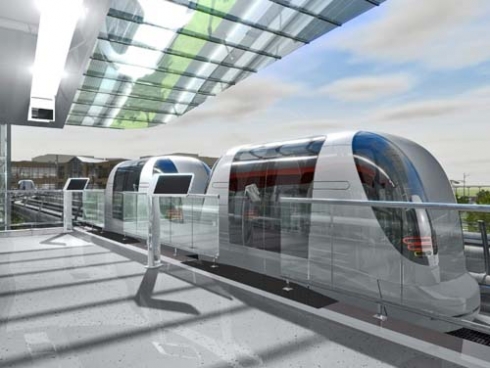
Walt's vision for his unbuilt Experimental Prototype Community of Tomorrow included two main transport systems (aside from the conventional roads that would be buried underneath the city). One of these was a monorail system, which would be used for longer journeys (such as from Disney World's airport to the city). The other was the WEDWay PeopleMover, an entirely new system that eventually debuted at Disneyland not long after Walt's death. This was designed for shorter journeys around the city.
Of course, EPCOT was designed to be a city that would be constantly updated and improved as new technologies emerged. And one of those technologies could have been a potential replacement for the WEDWay: a Personal Rapid Transit system.
What exactly is a Personal Rapid Transit system? Often known as a "podcar", it is a public tranport system that uses small, automated vehicles that operate on a network of specially-built guideways. The concept is similar to the PeopleMover - but with one key difference. The podcars would hold small groups of people (around one to six), and would take them directly to the specific location that they want to go to.
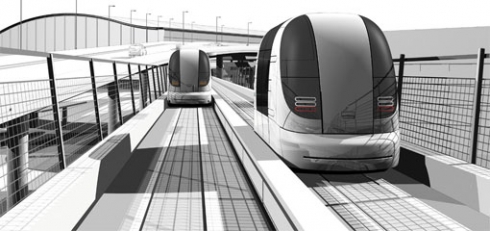
Essentially, podcars would offer the same freedom as a personal automobile, but without the requirement to actually own a car (think of it as a taxi on rails). To make this possible, the guideways would need to be arranged in a network topology, with frequent merge/diverge points to allow for nonstop, point-to-point travel.
There are currenty four such systems in operation worldwide. The oldest is located in Morgantown, West Virginia, and has been in continuous use since 1975. The newest is in Suncheon, South Korea, and opened in April 2014.
Would Walt have settled on podcars as the best way of transporting people around his model city? Who knows. But it's just the kind of technology he was seeking to test out at EPCOT, or perhaps on a smaller scale at Disneyland or the Magic Kingdom.
4. A laser cinema with a high-tech audio system
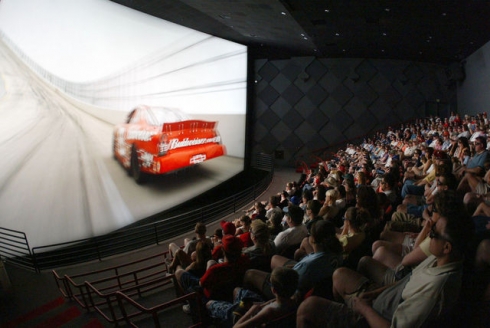
The studio that Walt founded with his brother Roy produced the first animated short to boast synchronized sound, as well as the first to benefit from the use of the innovative Technicolor process. In 1937, it released its first feature-length animation, Snow White and the Seven Dwarfs. Despite running massively over-budget, the film raked in a then-enormous $7.8 million worldwide during its initial theatrical run. It's no secret, then, that Walt had an interest in using new technology to improve the movie-going experience and to further the art form.
In 1955, Disney introduced another innovative type of movie, which he eventually dubbed Circle-Vision 360. The first screen was installed in Disneyland's Tomorrowland and opened in 1955. The first movie, A Tour of the West, offered visitors a documentary tour of the western United States, surrounding them completely with a 360-degree image.
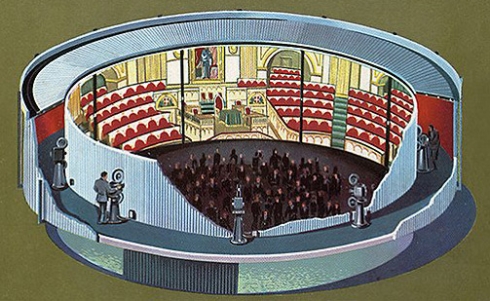
Walt had much grander plans for this technology than simply installing it at a single theme park. He wanted to open a nationwide chain of Circle-Vision 360 cinemas, and to produce a range of different movies to be shown at them.
Essentially, the model that Walt proposed is the same one that was eventually adopted by IMAX. And the same company is currently experimenting with a technology that Walt might have been very interested in.
In 2011, the company was granted an exclusive license to use now-bankrupt Kodak's laser projection technology, which had been in development for many years. Here's what IMAX Chief Technical Officer Brian Bonnick had to say about the system: "Today most digital projectors out there are around 1800-2000:1 [contrast ratio], or in that range. IMAX, through what we're doing today [in 2013], is at around 2500-2800:1, so we're higher than everybody else. IMAX projection film is in and around - you know, there are always variables that play into how well the system has been set up - the 4000:1 range, give or take. IMAX laser is going to be double that, at around 8000:1."
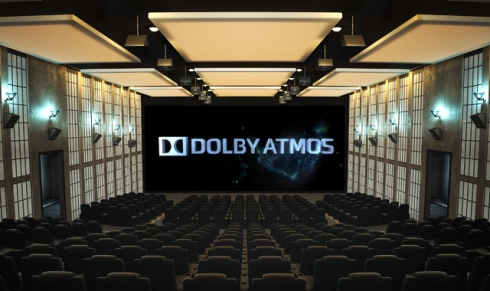
That'll improve the image. But what about the sound? Walt may have eyed Dolby's Atmos system, which supports up to 128 discrete audio tracks and up to 64 unique speaker feeds. This allows precise panning of select sounds such as a helicopter or rain. The system was first used, fittingly, for the premiere of Disney-Pixar's Brave at the Dolby Theatre in Hollywood, California in June 2012.
Walt has shown that he was willing to test out new cinema technologies at his theme parks, and that tradition has continued at Disney parks with the likes of the "4-D" Captain EO. Maybe he would have done the same with laser projection and next-generation sound systems.

Comments
Autopia at hong kong disneyland is electric. But yes, this is the disney i used to love.
Walt was a visionary who was ahead of his time. As you pointed out he didn't want to repeat yourself but he did love t technology and future possibilites. In my opinion Walt would have loved the interactive Mickey Mouse at WDW and would have pushed that to the other characters such as Pluto, Minnie, and Goofy. With the invention of projections Walt could have used something similar to that in a futureistic project he could do if he had known about today's advancements.
Walt Disney was had so many great ideas
He was like the Tony Stark of his day.
That is a really awesome description!